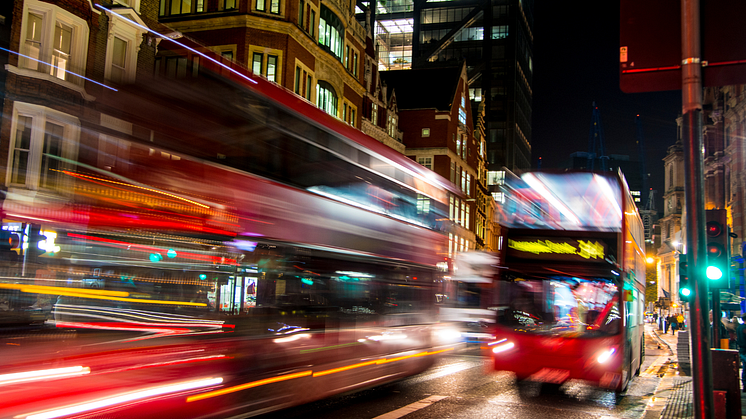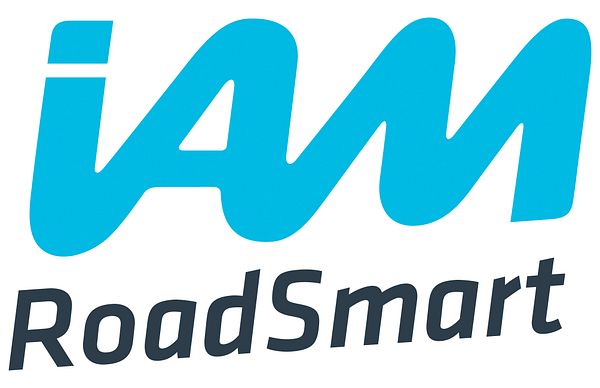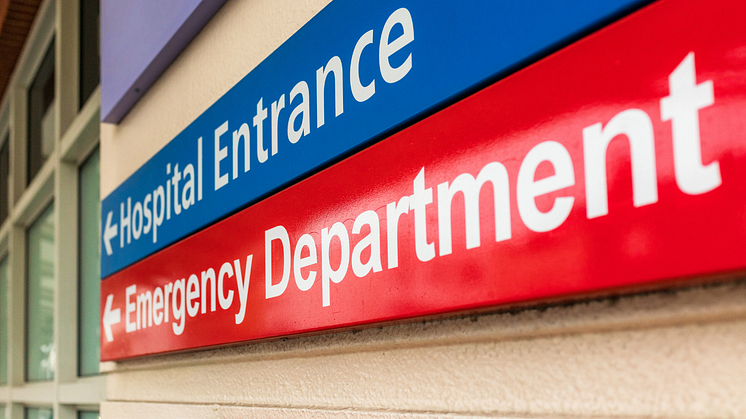
Press release -
Drug driving problem among younger motorists reaches epidemic levels
- Almost a third of 16–24-year-olds admitted having driven or been driven in a vehicle where they or the driver have taken illegal drugs within the 24-hour period before.
- Over a quarter (26 per cent) of young people know someone who drives while under the influence of illegal drugs.
- Up to nearly three-quarters of a million young drivers aged between 16-24 may have driven or been in a vehicle where the driver has been under the influence of illegal drugs, according to new research published by the UK’s leading road safety charity, IAM RoadSmart.
The research also found more than a third (32%) believe it’s more common to drive under the influence of illegal drugs than drink driving.
More positively, over two-thirds (69%) of this age group would be likely to stop others under the influence from driving. However, almost a fifth (19%) of young drivers are unlikely to stop a family member or friend who was planning to drive while under the influence of illegal drugs.
Data published by the Department for Transport (DfT) revealed 2,500 casualties were in relation to drug-driving in 2021, a whopping 260% increase since 2012. Meanwhile Ministry of Justice statistics2 show that convictions for driving a motor vehicle under the influence of drink or drugs overall has increased from 41,457 in 2014 to 58,117 in 2022 – a rise of 40% even at a time of declining full-time dedicated roads police officers.
IAM RoadSmart’s most recent annual Safety Culture Report3 showed that motorists of all ages consider drink and drug drivers as one of the biggest risks to their personal safety.
Nicholas Lyes, Director of Policy and Standards at IAM RoadSmart, said:
“Worryingly, almost a fifth of younger drivers would be unlikely to stop a friend or relative from driving under the influence of illegal drugs so it’s clear more needs to be done to educate drivers of the dangers, and a robust plan from government is urgently needed on how they plan to stamp out this issue.
“One thing the Government may wish to look at is developing a separate strategy to drink-driving for drug-driving alone. Alongside this, we need more police officers conducting roadside drug-tests as well as looking at offering drug-driving rehabilitation courses, much like we do for those convicted of drink-driving.”
To learn more about IAM RoadSmart’s campaign to raise awareness and drive change to stop these trends, click here.
END
1. https://www.data.gov.uk/dataset/d0be1ed2-9907-4ec4-b552-c048f6aec16a/gb-driving-licence-data
2. MOJ Table A6.4 - Convictions on an all offence basis at all courts, by motoring offence, 12 months ending December 2014 to 12 months ending December 2022, England and Wales [note 1][note 2][note 6][note 19][note 73]
3. https://www.iamroadsmart.com/about-us/research-and-policy/drug-driving/ https://iamwebsite.blob.core.windows.net/media/docs/default-source/default-document-library/0511_driving-safety-culture-2022_v04.pdf?sfvrsn=c0619b5c_2
4. Licences by age – full licences https://www.data.gov.uk/dataset/d0be1ed2-9907-4ec4-b552-c048f6aec16a/gb-driving-licence-data
5. https://www.fleetnews.co.uk/news/company-car-tax-and-legislation/2023/03/23/drug-driving-data-suggests-need-for-reform
Topics
Categories
Regions
About IAM RoadSmart
IAM RoadSmart is the UK’s largest road safety charity. It has a vision of a society where all road users can safely and sustainably use the public highways together. It does this through a range of means including through the advanced driving and riding tests. IAM RoadSmart was formed in March 1956 and has over 75,000 members that supports its campaigns on road safety. At any one time there are over 7,000 drivers and riders actively engaged with IAM RoadSmart’s courses.
To find out more about IAM RoadSmart products and services visit: www.iamroadsmart.com







